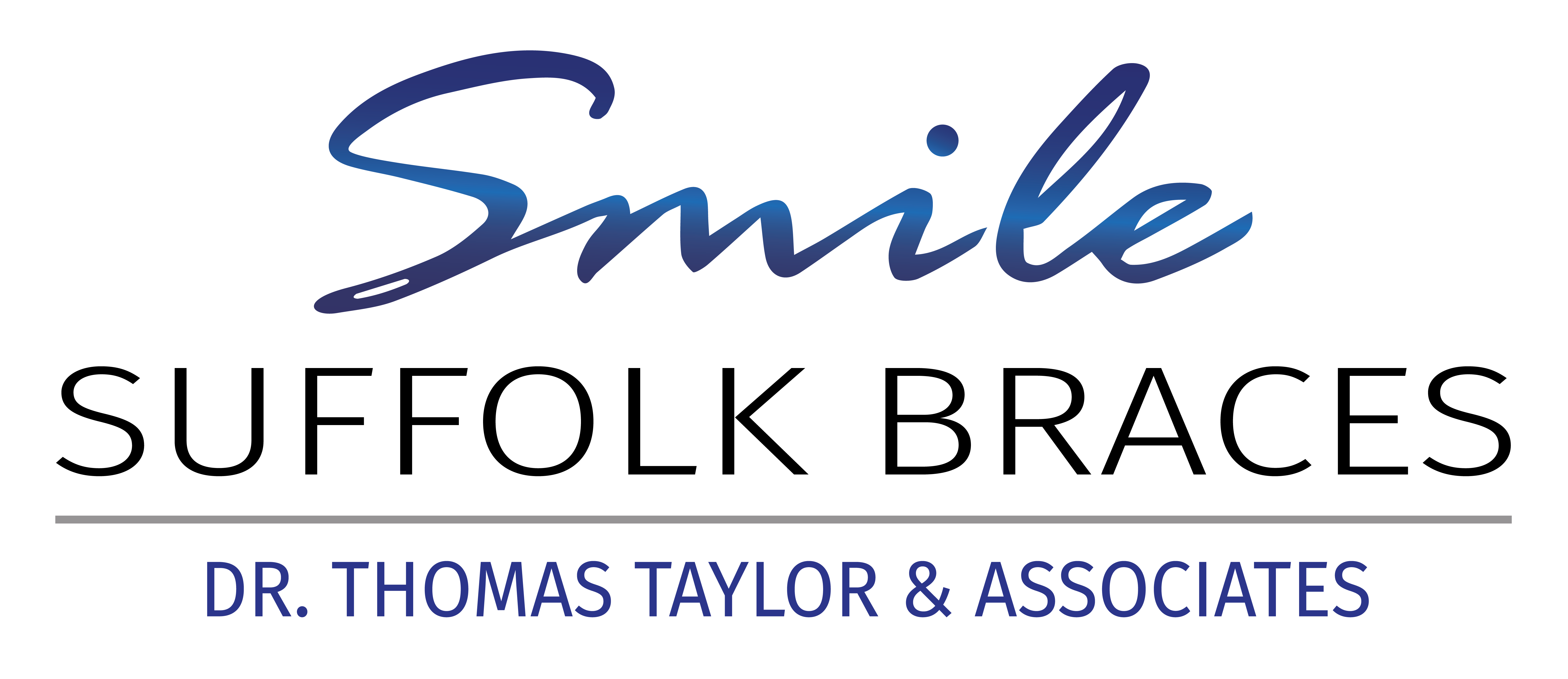Children’s Orthodontics
Did you know that a child’s first orthodontic visit should occur around the age of seven? This recommendation by the American Association of Orthodontists can help you identify any existing issues early on, when your child is still in his or her formative years. At Smile Suffolk Braces, many of our young patients begin treatment around the age of 11 or 12. In some cases, early orthodontics – or two-phase treatment – may be necessary to prevent more extensive procedures in the future.
Why is Age Seven Important?
By age seven, most children have lost enough baby teeth to determine if any of the permanent teeth will be problematic. An orthodontic screening will also allow the doctor to diagnose any skeletal issues. These types of conditions are much easier to address when the oral maxillofacial bones are still growing. Waiting until your child is older could actually mean more money and a longer treatment timeline.
If you bring your child in for an orthodontic screening, it does not necessarily mean that we will recommend early treatment. In many cases, we will simply monitor your child’s progress until they are ready to begin treatment around the age of 11 or 12.

What Can Two-Phase Treatment Do?
There are certain reasons why oral appliances may be recommended at a young age. For example, two-phase orthodontic treatment can:
- Direct and guide proper jaw growth
- Move permanent teeth to more favorable positions
- Decrease trauma to protruding front teeth
- Correct childhood habits, such as finger or thumb sucking
- Improve the position of the lips when they meet
- Enhance aesthetics and confidence
What if My Child Does Not Require Two-Phase Treatment?
If our doctors determine there is no need for two-phase treatment, we will simply monitor your child’s growth, and begin orthodontics at the appropriate developmental stage. Typically, this type of orthodontic treatment begins around the age of 11 or 12, and usually takes between 18 to 24 months to complete. Keep in mind that each child is unique, so treatment times can vary for every patient.

Monitoring Your Child’s Orthodontic Health
As your child grows older, he or she will undergo significant dental development. During this time, you can watch for signs of orthodontic problems. You may want to consider scheduling an orthodontic screening for your child if you notice:
- Premature or delayed loss of baby teeth: Typically, your child should have all of his or her baby teeth by age two or three. Around the age of four, the jaw should grow to create space for the permanent adult teeth. During this time, the baby teeth will develop gaps between them.
- Difficulty biting or chewing food: If your child complains of discomfort while eating, it could indicate an alignment issue with his or her bite.
- Constantly breathing through the mouth: This could mean an abnormality in jaw position.
- Asymmetrical or unbalanced facial aesthetics: Oftentimes, the chin may appear to protrude or recede. Anything that appears unbalanced could indicate an orthodontic issue.
- Chronic habits: Thumb or finger sucking, and bottle or pacifier use is perfectly normal during the first few years. However, if these habits continue on after your child begins losing his or her baby teeth, it could lead to bite problems.
- Crowded or crooked teeth: It is a good idea to look at your child’s teeth occasionally. Every few months, check for anything that stands out, such as protruding, crowded, or crooked teeth.
- Bite issues: Have your child close down, and look at the way his or her teeth fit together. If bite issues are present, they are much easier to address while the jaw is still growing.
- Bruxism (teeth grinding): Every now and again, check to see if your child is clenching or grinding his or her teeth. If you notice grinding or squeaking sounds while they are sleeping, it could indicate the need for a protective mouth guard.
Schedule a Consultation Today
If your child is at least seven years old and has not been to the orthodontist yet, schedule a screening with one of our doctors. We can help you determine if and when your child will need to begin braces. To reach us, you can contact us online anytime, or call one of our Suffolk, VA office locations.

